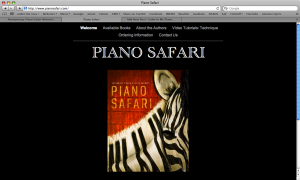A colleague of mine and I are planning to learn some four-handed piano music this summer, and perhaps do a whole recital together of just four-handed music in the fall semester. So I’ve been digging around on YouTube, looking for repertoire ideas. And I have couple of cool videos to share with you today:
httpv://www.youtube.com/watch?v=omuZF6oaCnw
What a great video to show students! Everything is so perfectly synchronized, and their playing is so beautifully expressive. They are AMAZING musicians.
Here’s another fine duo team. Perhaps the coolest thing about this video, however, is the piano they are playing on: a Pleyel Double Grand Piano! I’ve never seen anything like it!
httpv://www.youtube.com/watch?v=OjYfdB0CvSg
There are some important benefits of playing four-handed repertoire. Both players must be actively listening and communicating with each other — not only so that they are together beat-wise and so that the melody and accompaniment ideas are balanced, but also so that they are playing musically together: shaping phrases together, executing rubato together, and calling and responding to each other’s melodic motives. Developing these skills while working on four-handed repertoire can give a whole new perspective to solo piano repertoire! Besides — working on four-handed music can be a lot of fun! =)
Watching these videos looks like so much fun, I think I’m going to dig through the duet music on my shelf and find some duet pieces to assign to some of my students to work on over the summer too!
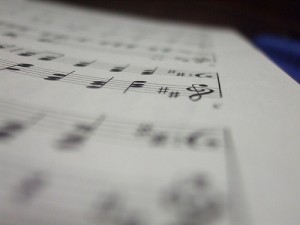 The first look at a new piece is crucial. As accomplished pianists/teachers, we automatically know to scan the piece to check the time signature, key signature, texture, composer, title, etc. before playing through a piece. Of course, we were trained to go through those steps before sightreading through a piece.
The first look at a new piece is crucial. As accomplished pianists/teachers, we automatically know to scan the piece to check the time signature, key signature, texture, composer, title, etc. before playing through a piece. Of course, we were trained to go through those steps before sightreading through a piece.

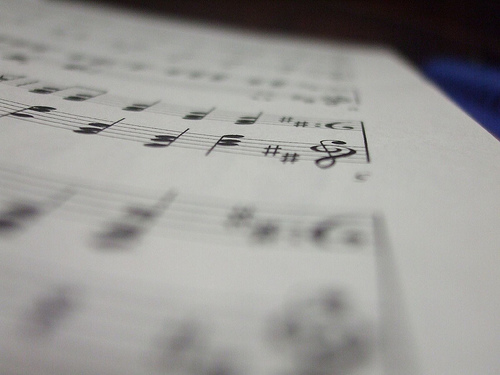
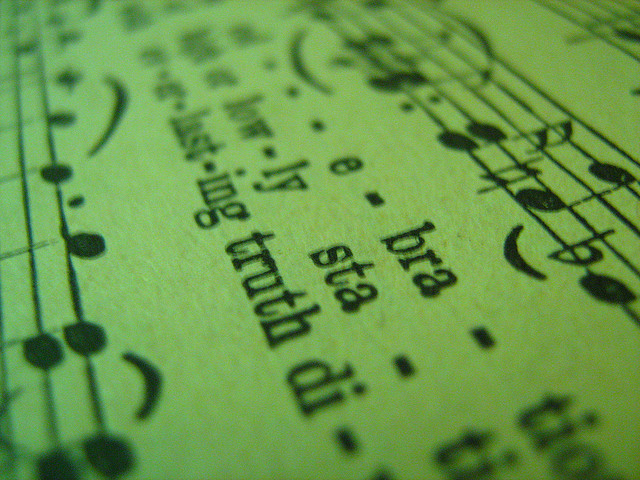
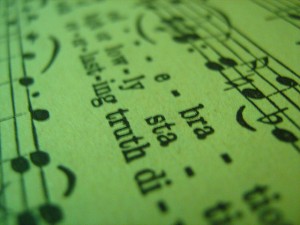 Here is the summary post for the
Here is the summary post for the 
 This month’s discussion topic is about using method books (i.e., Alfred, Faber, Bastien, etc.) in the piano studio:
This month’s discussion topic is about using method books (i.e., Alfred, Faber, Bastien, etc.) in the piano studio:

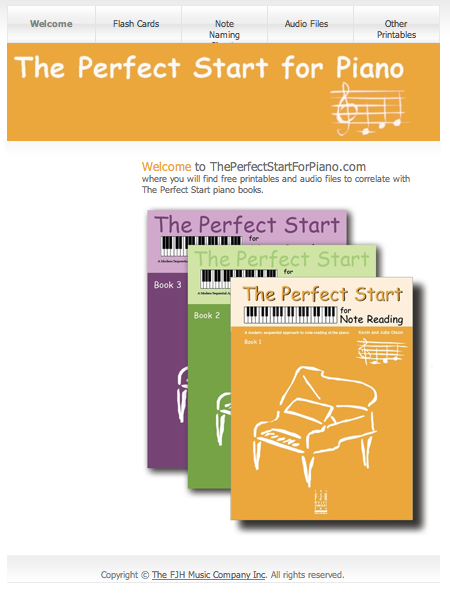

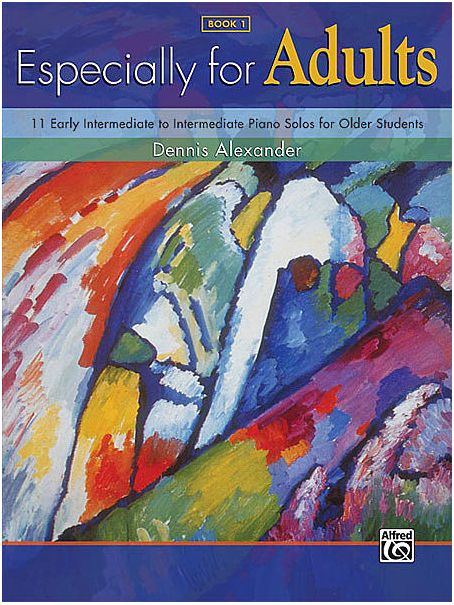
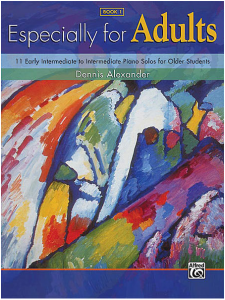
 How do your organize your library of music books? About a month ago, I purchased a new bookshelf (see photo) for my music, because most of my books were still in boxes with no place to go since our move to our new apartment. In just a few hours, I managed to re-organize all my music books, and I’m proud to say I can actually find stuff I’m looking for when I need it!
How do your organize your library of music books? About a month ago, I purchased a new bookshelf (see photo) for my music, because most of my books were still in boxes with no place to go since our move to our new apartment. In just a few hours, I managed to re-organize all my music books, and I’m proud to say I can actually find stuff I’m looking for when I need it!
 You can never have too much free music! Head on over to musictechtips.wordpress.com and check out this post:
You can never have too much free music! Head on over to musictechtips.wordpress.com and check out this post: 
